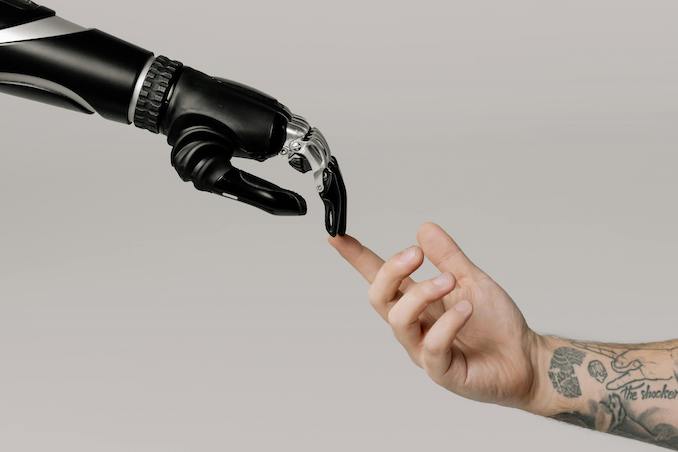AI and Deepfakes: Why are Celebrity Deepfakes Flooding Social Media?
Photo provided by Pexels. Latest Celebrities
Picture this: you open up a social media platform and the first thing you see is an explicit photograph of your favorite celebrity. Even though you quickly determine that it was generated by AI, you might feel shocked that some people would seek such images out because you know that, deep down, everyone knows what this is—a profound invasion of privacy.
So who’s creating these deepfakes and why do they seem to trend across social media platforms?
The answer is complex. The rise in availability of AI tools that can do everything from remove clothes to change what someone is saying has provided exciting advancements in media and entertainment. But it also blurs the lines between what’s true and what’s fake. And at the hands of people with malicious intentions, this can get dangerous—fast.
Not all AI tools are used for malevolent reasons, though.
Varying uses of AI generators
AI-made nudes or deepfakes are usually created with AI image generator tools. Because these tools are essentially AI software that use machine learning and the analysis of large data sets to create these images, when more people use these tools, the AI gets smarter, faster, and better.
While the creation and distribution of celebrity deepfakes is a big unethical downside to AI generators, these tools also come with many benefits for people looking for alternative options to traditional photography:
High-quality and more professional photography
Transform regular photos to exceptional ones. With AI tools like Portrait Pal, users upload a few simple selfies to generate realistic headshots for social media platforms or for professional uses—in just a few hours, and at a fraction of the price of a professional photographer.
Push the boundaries of art
Artists and graphic designers are no longer confined by the physical limits of what’s possible in the 3D world. AI art generator tools like MidJourney, Dall-E, and Leonardo can make even the most avant-garde of ideas a reality.
Unparalleled convenience
Gone are the days where post-image processing would require hours of painstaking editing and tweaking. From the creation of full AI movies using tools like OpenAI’s Sora to instant photo editing using AI in Adobe Photoshop, user convenience is at the forefront of these advancements.
-

-

-

-

-

-

-

-

-

-

-

-

-

-

-

-

-

-

-

-

-

-

-

-

-

-

-

-

-

-

-

-

-

-

-

-

-

-

-

-








































